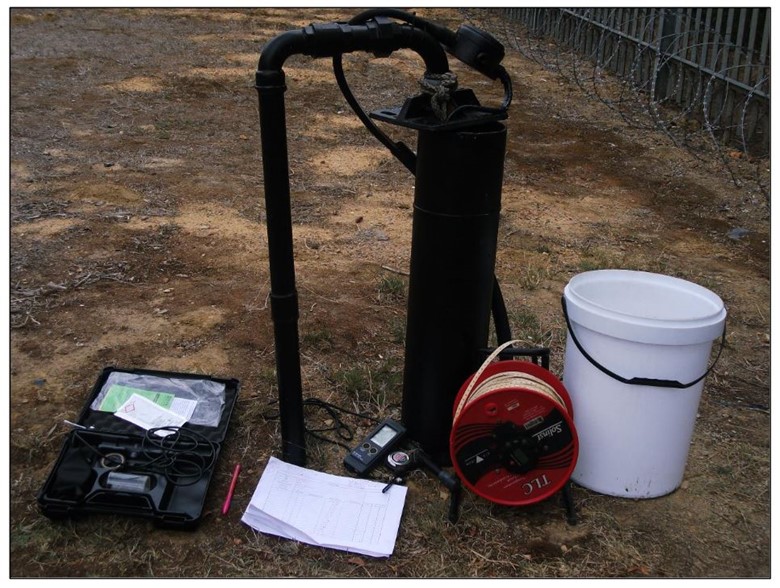Fostering a culture of sustainable environmental practices from a borehole at CSIR Stellenbosch
A borehole on the premises of the Council for Scientific and Industrial Research (CSIR) in Stellenbosch became the focal point of a study in which a CSIR research team set out to determine the amount of water that can be abstracted from the borehole without depleting it or causing a negative impact for future users.

A borehole on the premises of the Council for Scientific and Industrial Research (CSIR) in Stellenbosch became the focal point of a study in which a CSIR research team set out to determine the amount of water that can be abstracted from the borehole without depleting it or causing a negative impact for future users.
Groundwater abstraction is a solution for water provision in the context of South Africa’s water woes, but it is critical to bear in mind the importance of sustainable environmental practices. The research project titled “Groundwater sustainable yield estimation for water augmentation at the CSIR Stellenbosch campus,” emphasised this.
Led by CSIR researcher Tebogo Madlala, the study aimed to determine the amount of groundwater that can be abstracted from aquifers regularly and permanently without dangerous depletion of the storage reserve. "This is a significant topic in contemporary environmental studies because understanding sustainable yield is crucial for balancing water allocation for ecological, economic and social elements,” says Madlala.
The Food and Agriculture Organisation defines “sustainable yield” as the maximum level at which a natural resource can be used without depleting its stock or compromising its capacity for self-renewal. By balancing these elements, present-day humans can meet their water needs without affecting the ability of future generations to meet theirs. To determine a sustainable yield that can be abstracted from a borehole using a single well test, Madlala and his team conducted a constant recharge test to gather information about the aquifer parameters. This test provided the researchers with two parameters: transmissivity and storativity. Transmissivity refers to the amount of water that can transmitted horizontally through an aquifer while storativity is a measure of the volume of water that will be released from an aquifer per unit area and per unit reduction in the hydraulic head. The acquired values indicate that a high transmissivity (1.004E-2 m 2 /m) and storativity (0.04926) in an unconfined aquifer, indicative of efficient water movement and storage in a substrate such as gravel or coarse sand. These characteristics are crucial for effectively understanding and managing groundwater resources in such aquifers.
Madlala expresses the importance of such studies, citing the ongoing water crisis in South Africa as a formidable challenge. Considering the country’s increasing population growth, industrial development, as well as rapid, and unpredictable weather patterns, there is mounting urgency to responsibly locate and sustainably use groundwater as an alternative water source.
Various approaches were presented by environmental scientists and researchers, such as the desalination of seawater, the treatment and reusing of wastewater as well as groundwater abstraction. However, with the costs of seawater desalination, environmental and health concerns raised by scientists related to wastewater treatment and reuse and its untapped abundance, groundwater abstraction is the preferred option in many contexts.
The study reveals that the borehole at CSIR Stellenbosch is a potential source for augmenting water supply given the recommended abstraction rates. Substantially, it is recommended that the quality of the water should be continuously assessed to ensure that it meets the required standards for its intended use.


